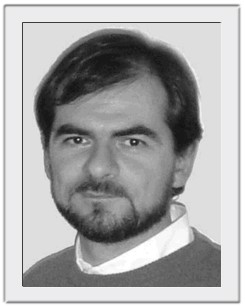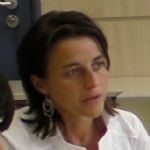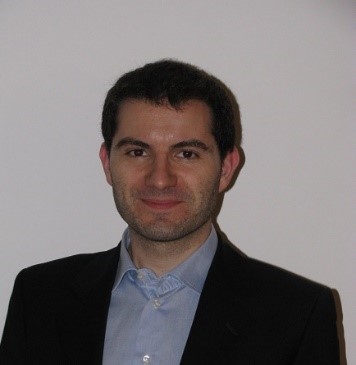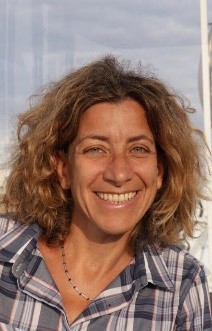The company
The ENEA structure is divided into 14 research centres/laboratories and 19 regional offices, and a Liaison Office is active in Brussels for relations with European Community institutions/programs.
ENEA’s knowledge base and results are made available to enterprises, particularly small/medium-sized, PA and citizens, through services, processes and products, training activities, information, transfer of know-how.
ENEA is divided in four Departments: Energy Technologies Department (DTE), Fusion and Technology for Nuclear Safety and Security Department (FSN), Department for Sustainability (SSPT), and Energy Efficiency Department (DUEE), each one divided in some Divisions which include various Laboratories.
The activities in this project will be carried out by the Laboratory of Nanomaterials and Devices (NANO), that is part of the Sustainability Materials Processes and Technologies Division (PROMAS) within the SSPT Department.
The SSPT Department develops and promotes eco-innovation of the production and consumer systems, contributing to defining/actuating the strategies and policies of the Country and boosting a rationale use of the most efficient and sustainable procurement resources/models. R&D activities are aimed to transferring and disseminating technologies/methodologies/knowledge to strengthen the sustainability/competitiveness of the production system in terms of reducing/eliminating pollutant emissions, associated processes and associated impacts, protection, enhancement and land management, including marine-coastal areas. The strategic objectives of SSPT are: contributing to the enhancement of economic, natural and social capital by providing technological and cognitive tools for sustainable management of natural resources, for better quality of life/health for citizens and for sustainable/competitive growth of businesses which favour quality employment; support the identification and implementation of policies/measures to foster: reducing greenhouse gas emissions, mitigating the effects of climate change, moving towards new, more sustainable economic models based on the principles of bio-economy, circular economy, blue economy; the process of de-carbonization; the safeguard of the territories from anthropic pressures and seismic and hydrogeological events. The Department also ensures qualified support and representation of Italian institutions in the main national, community and international organizations, European EIP Platforms/Working Groups, UN-sponsored Commission and Commission Negotiations and Negotiations, National Technology Clusters and KIC Knowledge and Innovation Community funded by the European Institute for Technology (EIT), including FOODNEXUS, Advanced Manufacturing, Climate and Raw Materials, hosted by Casaccia (South Co-location). The activities of the SSPT Department are aimed to provide support for: sustainability/competitiveness of the productive/ territorial systems, orienting/evaluating the proposed policies/measures adopted by the central and local PA, building awareness on sustainability issues in public/private stakeholders and citizens.
The R&D activities of the SSPT-PROMAS-NANO Laboratory (20 persons staff, educated to degree and high-school diploma level) focus on the research, development and application of innovative organic, polymer and hybrid systems, devices and materials: OLED light sources, OPV solar energy cells, OTFT transistors, chemical or physical environmental, food and biomedical monitoring sensors. Specifically, ENEA NANO: researches and develops organic and printed electric and optoelectronic devices, also with a view to replacing or reducing the use of critical materials; develops device manufacturing processes, also by innovative methods such as printing, including roll-to-roll coating of flexible substrates; defines the structural, functional, physical, optical and electrical properties of materials, devices and systems; studies the degradation processes of materials and devices; develops methods for increasing device lifetimes; develops processes for the recovery of secondary raw materials and components from end-of-life and reject products; and studies applications in highly interdisciplinary areas: lighting, food, biomedical, transport and electronics.












